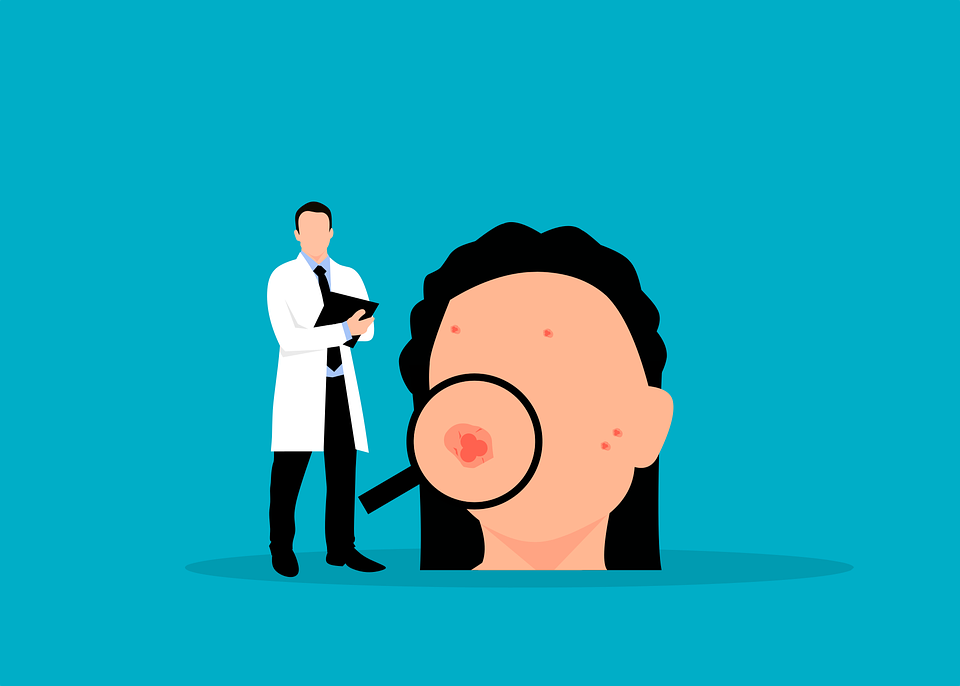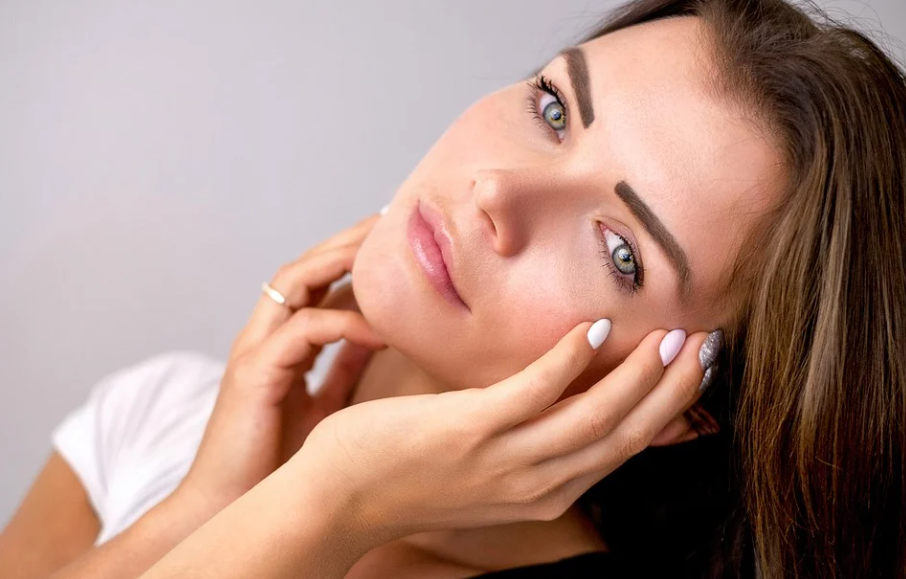Skin is the biggest organ of our bodies and like any other, it can develop certain problems that can range from a cradle cap in newborn babies to age spots in elders. Your skin can break out in any season, but it is particularly sensitive in hot summers that are typical for Australia because you spend more time outdoors exposed to the sun. This increased exposure to sunlight, insects, water, wind, and potentially poisonous plants can cause a variety of skin issues.
Fortunately, a few simple tricks can help you avoid unwanted breakouts, rashes, infections, and sunburns.
Acne breakouts
Regardless of your type of skin, once sweat mixes with bacteria and oils that normally exist on your skin, your pores can get clogged. For acne-prone skin, this usually means breakouts. To prevent acne, consider getting high-quality skin care products in Australia that are available over the counter.
In general, dermatologists recommend keeping your skin clean by wiping off sweat with a clean towel or cloth, washing your sweaty clothes, hats, towels, and headbands before wearing them again. Also, use non-comedogenic products on your face and other problem areas.
Skin infections

Skin infections are also a common occurrence so you need to know the basic tips on how to prevent and treat them. There are four types of skin infections:
· Bacterial – very common and often appear as skin bumps that increase in size over time. They’re mostly treated with antibiotics.
· Viral –caused by a virus and can range from mild to quite dangerous.
· Fungal –generally begin in the body’s wet areas and are spread by physical contact.
· Parasitic –caused by parasites that sometimes can enter the bloodstream from the skin.
Since our skin protects the insides of our body from infection, if it gets infected, do not ignore it! You can often solve the issue with over-the-counter medications, but if the situation is persistent, it may require medical attention.
Folliculitis
Every single hair on your body grows from a particular opening called a follicle. When these get infected, you develop folliculitis which makes your hair follicles look like pimples. These also tend to be itchy and tender. To minimize your risk of getting folliculitis, you should change out of tight workout clothes immediately after working out, generally wear light-weight, loose-fitting clothes particularly in hot and humid weather, and stay out of hot tubs and whirlpools where the acid and chlorine levels aren’t properly controlled.
Dry and irritated skin
When it’s hot and humid outside, you can still experience dry irritated skin. If this happens, especially after swimming in a pool, shower with fresh, clean water and use a mild body wash. Soaps and body washes labeled “antibacterial” can dry your skin. Use a moisturizer after every shower and bath to trap moisture in your skin. And don’t forget to apply sunscreen before going outdoors!
Melasma
If you already have hyperpigmentation or melasma on your face, being out in the sun can make those dark patches even more visible. There are several things you can do to minimize them as much as possible. Your dermatologist may prescribe topical (applied to the skin) medicines such as tretinoin, corticosteroids, and hydroquinone. Other procedures for treating melasma include microdermabrasion, chemical peels, laser treatments, or a light-based procedure. But these should only be performed by an experienced dermatologist.
Heat rash
Heat rush happens when your sweat glands get blocked. This can happen during any season, particularly when you’re physically active. Since the sweat cannot get out, it accumulates under your skin and causes a rash and tiny, itchy bumps. When these burst and let out sweat, you’ll feel a prickly sensation on your skin.
Anything step you can take to stop or minimize sweating profusely will be helpful. Dermatologists advise wearing light-weight, loose-fitting cotton clothes, exercising outdoors or in air-conditioned spaces, and staying dry and cool as much as possible.
Sun allergy
Many people develop an allergic skin reaction to the sun, especially in summer. This is recognized as sun sensitivity and it typically runs in the family. When it appears, you can usually see red, scaly, and extremely sensitive, and itchy bumps on bare skin. It’s not rare for some people to have even blisters.
To prevent an allergic skin reaction, make sure you have your allergy medication with you prescribed by your dermatologist. Also, if you’re on different medication therapy, ask your doctor if those meds can cause an allergic sun reaction if you go out in the sun. Finally, make an effort to always apply sunscreen and wear sun-protective clothes.
Sunburn
Painful sunburn can ruin your entire summer fun but it can also seriously increase your risk of developing skin cancer. To prevent getting sunburned, try to remain in shaded areas, wear a wide-brimmed hat and sunglasses when out in the sun, as well as long sleeves, and pants whenever possible. Most importantly, always apply sunscreen containing broad-spectrum, water-resistant protection, minimum SPF 30+.
Regardless of your age or physical activity level, it’s very important to remember to keep your skin clean and healthy. Hopefully, the tips listed here can help you in preventing any potential problems or infections. When cared for properly, your skin will look healthy and youthful for a long time!

